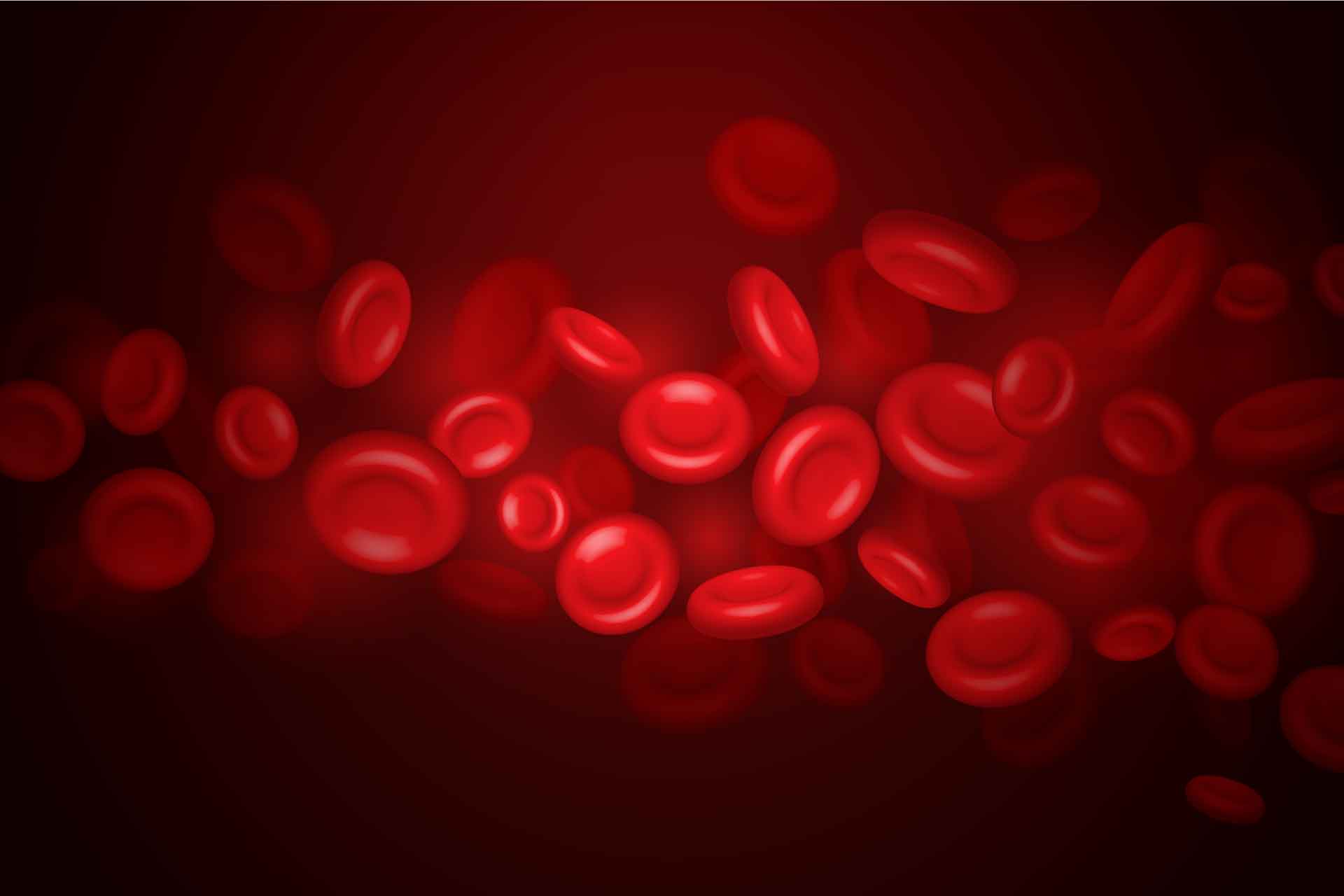PRP Therapy Services Offered in Buffalo, NY
PRP Therapy: Delaying & Preventing the Need for Surgery
Platelet-rich plasma (PRP) therapy reduces inflammation, stimulates healing, and relieves pain with remarkable success rates. At OWM Integrative Wellness in Buffalo, New York, Dr. Kaplan offers PRP therapy for chronic pain, from joint and spine arthritis to tendon injuries, to meniscal, labral, and rotator cuff tears. The practice uses a comprehensive Hackett and Hemwall technique that covers every part of a dysfunctional joint to give you maximum healing.
Request an appointment online or call the office at 716-626-6301.
About PRP Therapy
Platelet Rich Plasma (PRP) comes from a patient’s blood. PRP is a concentrated source of growth factors and cellular signaling factors that play a significant role in the biology of healing. PRP now plays a key role in accelerated return to play and function for many professional athletes. PRP treatment has received significant attention from the media and has been used by many NFL players and elite professional athletes from other sports such as basketball, golf, and tennis.
PRP is now rapidly gaining acceptance as a premier healing treatment option in many advanced medical centers for folks suffering from non-sports-related conditions such as osteoarthritis. PRP’s power comes from its incredible versatility. Its regenerative powers can be used to heal a variety of issues such as arthritis of the spine, shoulders, elbows, wrists, hips, knees, ankles, and feet. It is also one of the best alternatives to surgical treatments of tendon or ligament tears including tears of the rotator cuff, tennis elbow, and Achilles tendons.
What are the benefits of PRP therapy treatments?
PRP treats multiple degenerative conditions. It provides important growth factors for repair of all joints, ligaments, and tendons.
Common regions that benefit include:
- The entire spine from cervical to sacroiliac regions
- Rotator cuff tears
- Meniscal tears
- Knee and shoulder labral tears
- Upper and lower limb tendon and muscle tears
The OWM Difference
OWM Integrative Wellness uses the latest PRP technology to extract the highest concentration of healing platelets from your blood sample. This makes a high-potency PRP formula that translates into more efficient and faster healing.
- The OWM PRP therapy approach includes much more than platelets; it also includes prolotherapy (natural irritants that stimulate healing) and tissue repair peptides (BPC and TB4), at no extra cost.
- Low-level laser fiberoptic wires by Weber Laser are introduced into the joint through one of the injection needles. Various laser frequencies are then used to further activate repair.
- Hackett and Hemwall technique creates maximum coverage of the injured tissue and, ultimately, the best possible results.
- Ultrasound guidance is used to pinpoint the ideal injection areas for your PRP therapy. Dr. Kaplan has nearly three decades of experience in treating joint injuries and was the first in the area to use ultrasound guidance for PRP therapy.

What to know before you go
OWM’s PRP treatment technique allows for accurate ultrasound guidance placement of PRP not only in the joint space but just as importantly into the surrounding ligaments and capsule of the joint. Without treatment of these stabilizing structures, the benefits of PRP injection in the joint are limited as the main issue of joint instability is not addressed.
How is our treatment different?
The use of the latest PRP technology derives the highest concentration of Platelet Rich Plasma (PRP), which means less blood is taken from a patient. Higher potency means better and faster healing!
Unlike many orthopedic clinics that use a single intra-articular injection technique, our osteopathic approach offers injections of all essential tendon and ligament joint stabilizing structures inside and outside the injured joint.
Most people need 2-3 treatments, spaced a month apart, for maximum results. Healing usually starts within a few weeks of your first session.
Safety
PRP safety has been studied on thousands of patients in Europe, the US, and Asia with no complications reported.
Our ultrasound-guided technique ensures accurate needle placement that essentially guarantees the safety and efficacy of the treatment.
Call the office or request an appointment online today.
Call or Request an Appointment Online
Services We Offer
As your total health center, our robust service offerings focus on your overall well-being and quality of life, viewing the body as a whole unit.

